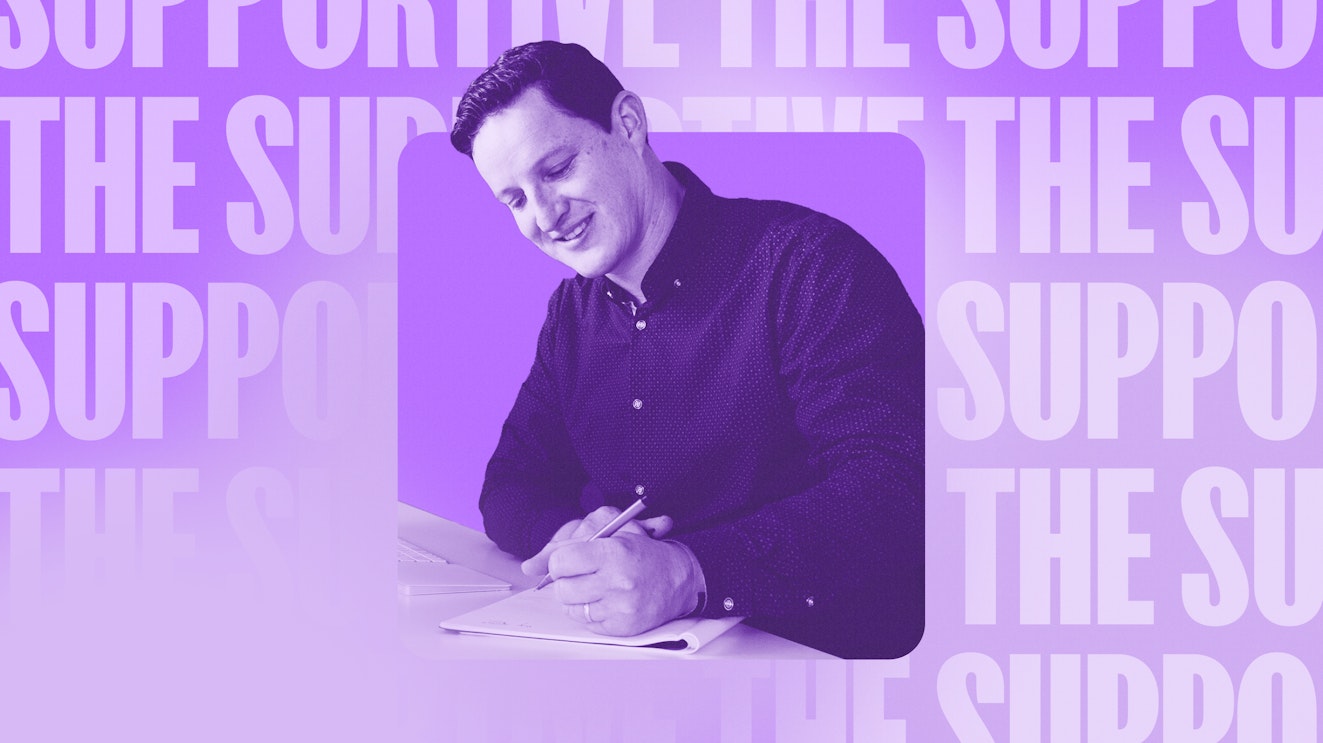Humans are judgmental creatures. Research has consistently shown that we form long-lasting opinions about people within seconds of meeting them, on everything from their intelligence to their competence and their attractiveness.
These judgments can be completely wrong and wildly biased, but they are stubbornly difficult to change. The same rapid judgments happen online to both people and businesses.
First impressions are fast impressions, and may become the last impressions people have of us. For customer service professionals, who are so often having one-off interactions with already-upset people, that poses a significant challenge.
It’s not just the risk that a customer will form a poor first impression of the person trying to help them, but also that we will unavoidably do the same to customers based on very little information.
Could creating more positive first impressions improve the quality of customer experience for customers and the quality of work life for service staff? I say yes. Yes, because so much of a customer service interaction is driven by the attitudes and expectations of the people involved.
When we feel like someone is genuinely trying to help, we are more willing to put effort in ourselves. We’re more willing to be patient and to assume positive intent. All of that makes a positive outcome much easier to achieve.
It’s hard to blame people for low expectations based on years of bad customer service experiences from other companies in their life, but we’ve all had customers who, from the first moment of interaction, assume that they will not get useful help. That attitude makes it much more difficult for them to be helped. In my experience, they do not tend to enjoy that particular irony when it is pointed out to them.
We cannot control the experiences people bring in with them, but we can shape the experience they have with us and with our businesses as a whole. That shaping begins even before a support request is created. How hard is it to find the “contact us” page? Does that page tell people how long they should expect to wait for a response? Is the knowledge base accessible and up to date? When they do send in a request for help, are they treated as a person or transformed into a ticket number?
All of those tiny moments gently nudge customer opinions one way or another, even if the customer may not consciously notice any of them. When we come to answer those questions, we bring our own background and biases with us. Whether it is particular phrases that trigger us or certain corporate stereotypes — even a name that reminds us of a schoolyard bully — there is no avoiding that instant first impression.
What we can do is be aware of that instinctive response and acknowledge it for what it is: a gut feeling based on little information. Every customer deserves your best effort (at least until they actively show you otherwise!).
We are not machines. Our ability to feel things, to think creatively, to connect with other people, and to make intuitive leaps — that is what makes us people. In an age of AI automation, we want to hold on to those things. But we must also be aware that feelings can be wrong.
Whatever the first impressions are, on either side of the conversation, they are not written in stone. Opinions can change over time, through exposure and effort, and that is much of the work we are asked to do.
Let’s get to it.






